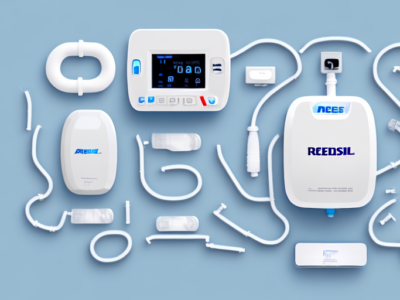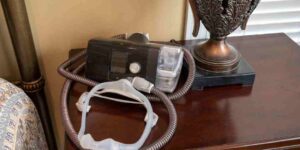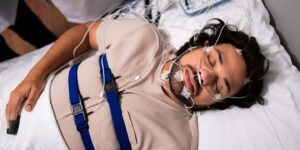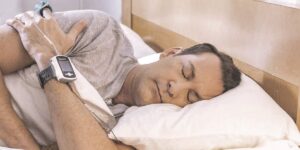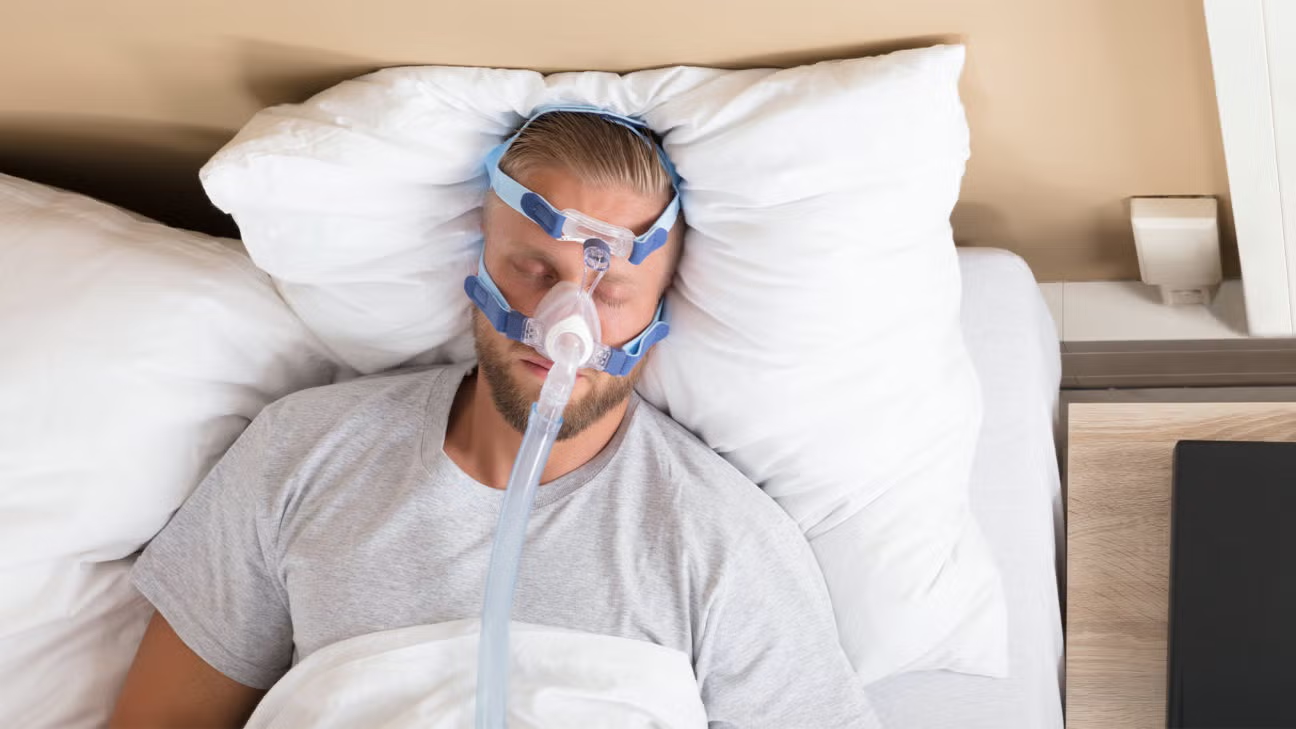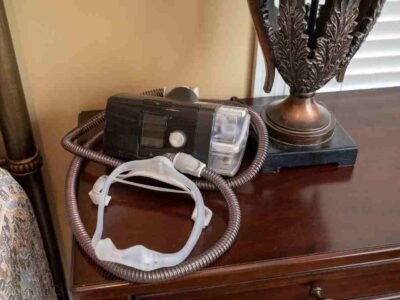
Best CPAP Mask Brands: Top Choices for Comfort and Effectiveness
Nov 19 2025 CPAP Machine cpap machine cpap machines oxygen compressor oxygen at home oxygen breathing machine oxygen supply oxygen therapy at home air liquide home oxygen oxygen air When it comes to effective sleep apnea treatment a mask that fits well, feels comfortable and seals properly is nearly as important as the machine itself. For Australians seeking better sleep health it pays to explore the best CPAP mask brands so you can buy a Read More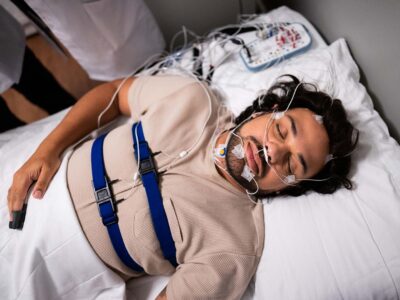
Is Sleep Apnea Affecting Your Health? Warning Signs You Shouldn’t Ignore
Oct 27 2025 Sleep Hygiene CPAP therapy healthy sleep sleep apnea sleep apnea symptoms sleep apnea treatments sleep disorders sleep health sleep medicine sleep study Getting enough rest isn’t just about how many hours you sleep — it’s about the quality of your sleep. But what if something invisible is disrupting your rest every night, leaving you exhausted and putting your health at risk? That “something” might be Read More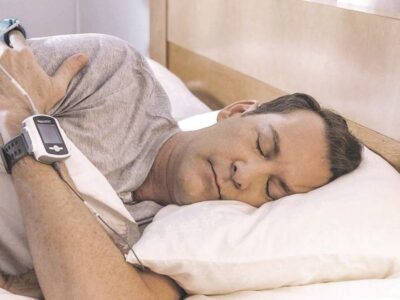
Sleep Study Brisbane: What You Need to Know Before Booking
Oct 07 2025 Sleep Hygiene Air Liquide Healthcare Brisbane bulk-billed sleep studies Brisbane CPAP therapy Brisbane home sleep study Brisbane in-lab sleep study Brisbane obstructive sleep apnoea Brisbane Sleep Study Brisbane What Is a Sleep Study and Why Is It Important? A sleep study is a comprehensive diagnostic test that monitors your breathing, heart rate, brain activity, and body movements whilst you sleep. This non-invasive assessment helps medical professionals identify sleep disorders that may be affecting y Read More
Sleep Study Adelaide: What to Expect and How to Prepare
Oct 07 2025 Sleep Hygiene Air Liquide Healthcare Adelaide CPAP therapy Adelaide home sleep study Adelaide in-lab sleep study Adelaide obstructive sleep apnea Adelaide polysomnography sleep disorders diagnosis Adelaide Sleep Study Adelaide What Is a Sleep Study and Why Is It Important? A sleep study, medically known as polysomnography, is a comprehensive overnight test that monitors your body’s functions during sleep. This diagnostic procedure records multiple physiological parameters including brain waves, eye movements, mu Read More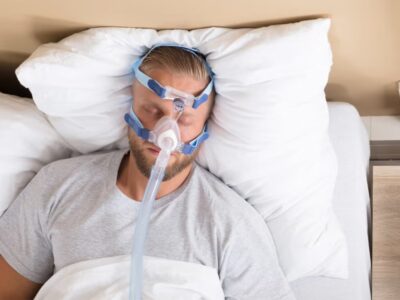
Lifestyle Changes That Can Help Manage Sleep Apnea Naturally
Aug 14 2025 Sleep Hygiene cpap machine cpap machines cpap mask cpap masks oxygen compressor oxygen at home oxygen breathing machine oxygen supply oxygen therapy at home air liquide home oxygen oxygen air Introduction: More Than Just Snoring Sleep apnea is often thought of as “just snoring,” but it’s far more serious. This sleep disorder causes repeated pauses in breathing throughout the night, reducing oxygen levels and interrupting deep rest. Over time, untreated sleep apnea can contribut Read More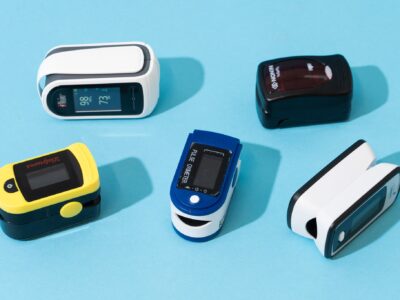
Oxygen Machine for Home Use: Safe, Convenient, and Effective
Aug 11 2025 Oxygen Machine oxygen compressor oxygen at home oxygen breathing machine oxygen supply oxygen therapy at home air liquide home oxygen oxygen air In recent years, the demand for oxygen machines for home use has surged, particularly among individuals with respiratory conditions such as chronic obstructive pulmonary disease (COPD), asthma, and other lung-related issues. These machines, also known as oxygen concentrators, provide a reliable sou Read More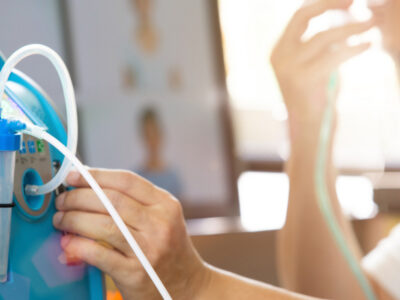
Home Oxygen Machine: What You Need to Know Before Buying
Aug 11 2025 Home Oxygen Machine oxygen compressor oxygen at home oxygen breathing machine oxygen supply oxygen therapy at home air liquide home oxygen oxygen air For individuals with respiratory conditions, a home oxygen machine can be a vital tool for enhancing quality of life and ensuring adequate oxygen levels. However, purchasing such a device requires careful consideration. This guide will explore the essential factors to consider before making a decis Read More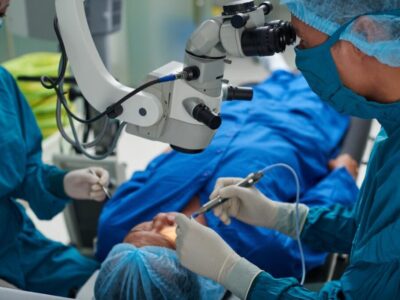
Recovery tips after eye surgery in a Sydney eye clinic
May 20 2023 Cataract Eye Surgery cataract eye surgery cataract surgery cataract surgery sydney Hello there! The recovery tips remain the same everywhere. In other words, where you did your eye surgery in Sydney doesn’t matter. For instance, the recovery tips remain the same if you do your cataract surgery at PersonalEyes, or Sydney Eye Clinic. Hence, are you planning to go for Read More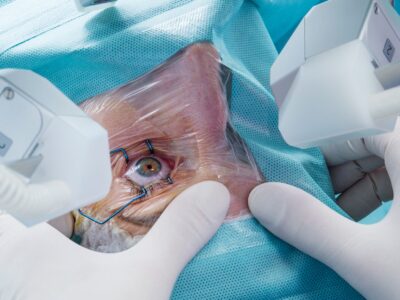
Signs, Types, and other Facts about Cataracts Surgery
May 20 2023 Cataract Eye Surgery cataract eye surgery cataract surgery cataract surgery sydney cataracts surgery Cataract surgery is the surest treatment for cataracts which gives you a cloudy lens of your eye. The cataract is a clump of proteins that can cause a patient’s vision problems, which could also worsen over time. Research even shows that cataracts are the commonest cause of blindness worldwid Read More